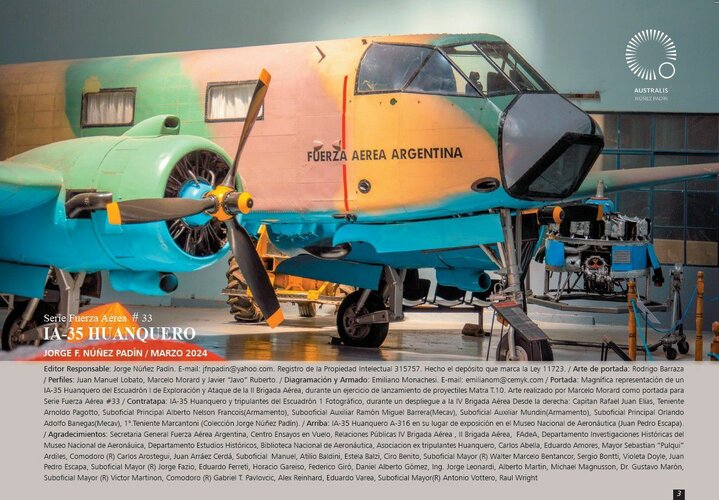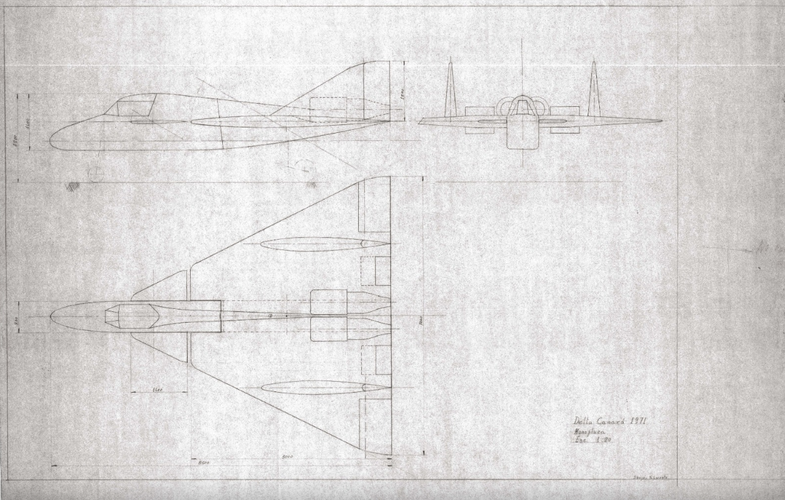Erdosain
ACCESS: Secret
- Joined
- 10 March 2020
- Messages
- 477
- Reaction score
- 1,973
After many years of collecting information, thousands of hours of work and visits to archives, today Wings of Argentina was finally ready, the complete history of the Military Aircraft Factory (today FAdeA). By mid-year it will be published by Crecy Publishing.
Ver: https://twitter.com/santiagoR24/status/1753876169038888965?t=Mfr9-gYHrz1lJCvQj2glLQ&s=19
Ver: https://twitter.com/santiagoR24/status/1753876169038888965?t=Mfr9-gYHrz1lJCvQj2glLQ&s=19








































